~5 lbs (Approximate weight)
Carrot aka “Topped Carrot”, “Hu-Luo-Bo”, “Hong-Luo-Bo”, “胡萝卜”, “红萝卜”, “紅蘿蔔”
Carrot is a root vegetable, most commonly observed as orange in color. This is topped carrot with the leaves trimmed to no more than one inch. Carrot can be eaten raw or used as an ingredient in stir fry, stew, or roast. Carrot eaten raw is a combination of sweet, earthy, and fruity flavors. Carrot is available year-round.
Handling Tip
Selection
The carrot should be firm, plump, and straight from the shoulder to the tip.
The skin is smooth with no rootlets, the little strings on the tip of the carrot.
The carrot should show no signs of cracking and sprouting.
Storage
The carrot should be stored at 32°F – 34°F (0°C – 1°C) with a relative humidity of ninety-eight to a hundred percent and a light mist. However, commercial storage and distribution conditions rarely achieve the optimum storage conditions. The topped carrot is often stored at 32°F – 41°F (0°C – 5°C) with a relative humidity of ninety to ninety-five percent.
At the optimum storage condition, carrots can be stored for seven to nine months. In the common commercial storage condition, carrots can be stored for five to six months. High humidity is important to avoid wilting. Long-term storage may lead to yellow tips and soft spots.
Carrot is sensitive to odor. Do not store carrots with any strong aroma products.
Carrot is sensitive to ethylene, a naturally occurring gas that regulates ripening. The carrot should not be stored with high ethylene-producing products to avoid the development of bitter flavor. Carrot produces a very low level of ethylene.
Carrot is not sensitive to chilling injury and should be stored as cold as possible without freezing. The freezing point for carrots is 29.8°F (-1.2°C) should be avoided. Freezing injury symptoms include cracks, flabby or discolored skin.
Nutrition Fact
Serving Size 1 carrot (78g)
Amount Per Serving % Daily Value*
Calories 30
Calories from Fat 0
Total Fat 0g ……………………………………………………………………………….. 0%
Saturated Fat 0g ……………………………………………………………….. 0%
Trans Fat 0g ………………………………………………………………………. 0%
Cholesterol 0mg ………………………………………………………………………. 0%
Sodium 60mg …………………………………………………………………………… 3%
Total Carbohydrate 7g ……………………………………………………………. 2%
Dietary Fiber 2g ……………………………………………………………….. 8%
Sugar 5g
Protein 1g
Vitamin A …………………………………………………………………………………. 110%
Vitamin C …………………………………………………………………………………… 10%
Calcium ………………………………………………………………………………………… 2%
Iron ………………………………………………………………………………………………. 2%
Potassium ……………………………………………………………………………………. 7%
*The % Daily Value (DV) tells you how much a nutrient in a serving of food contributes to a daily diet 2,000 calories a day is used for general nutrition advice.
*Based on information published by FDA
Creating clear and transparent shipping and handling policies is crucial for a commodity trading company like Agropastoral Products Co., Ltd. Here's a framework for the Shipping and Handling Policy:
1. Shipping Policy:
a. Shipping Process: - Detail the steps involved in the shipping process, from order placement to delivery.
b. Shipping Rates: - Specify the shipping costs associated with various products or order amounts.
c. Delivery Timeframe: - Provide estimated delivery times based on location and shipping method.
d. Shipping Carriers: - Name the shipping carriers used and any partnerships that may influence shipping.
e. International Shipping: - Explain international shipping options, rates, and potential customs or import duties.
f. Tracking Information: - Describe how customers can track their orders and obtain tracking information.
g. Shipping Restrictions: - List any countries, regions, or products where shipping may be restricted or limited.
2. Handling Policy:
a. Packaging: - Describe how products are packaged to ensure safe transit and delivery.
b. Quality Assurance: - Explain any quality control measures or checks in place during the handling process.
c. Fragile Items: - Provide special handling instructions for fragile or delicate commodities.
d. Inventory Management: - Detail how inventory is managed to maintain accuracy and prevent errors in order fulfillment.
e. Returns and Exchanges: - Outline the process for handling returns, exchanges, or replacements related to shipping issues or damaged items.
3. Additional Policies:
a. Lost or Damaged Items: - Explain the procedure for reporting and addressing lost or damaged items during shipping.
b. Split Shipments: - Describe under what circumstances the company may split an order into multiple shipments and how this is communicated to the customer.
c. Free Shipping Offers: - Clarify conditions for free shipping, such as minimum order amounts or specific products.
d. Holiday or Peak Season Shipping: - Provide information about any special considerations or delays during peak seasons or holidays.
e. Force Majeure: - Address how the company handles unforeseen events like natural disasters, strikes, or other force majeure events affecting shipping and delivery.
f. Contact Information: - Provide contact details for customers to reach out for shipping-related queries, concerns, or support.
Regularly update and review these policies to ensure they align with your company's operations and any changes in shipping or handling processes. Communicating these policies clearly to your customers will help manage their expectations and provide a positive shopping experience.


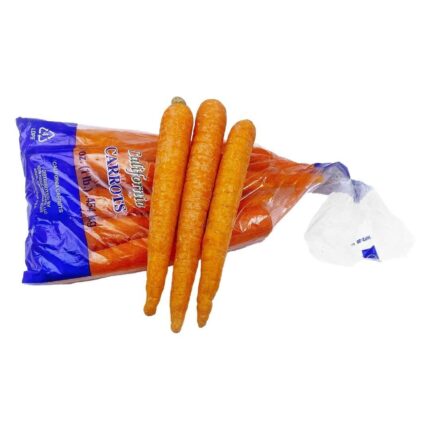


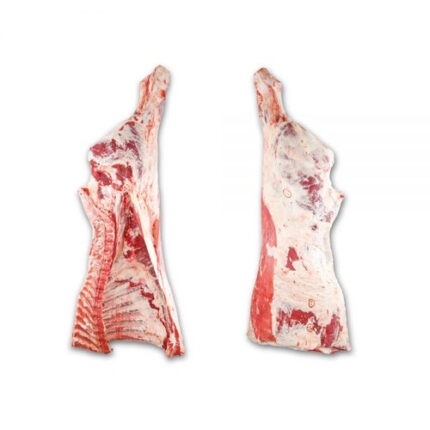
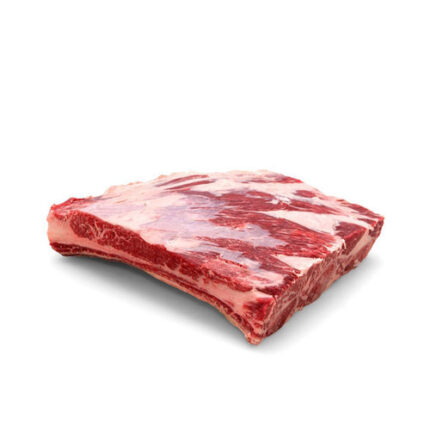
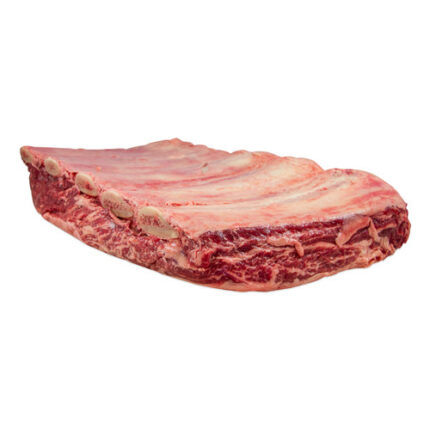




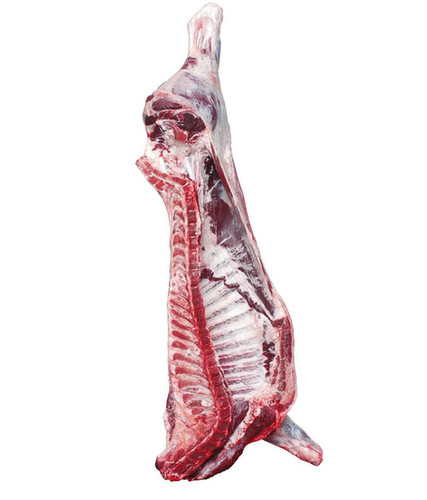





Reviews
There are no reviews yet.